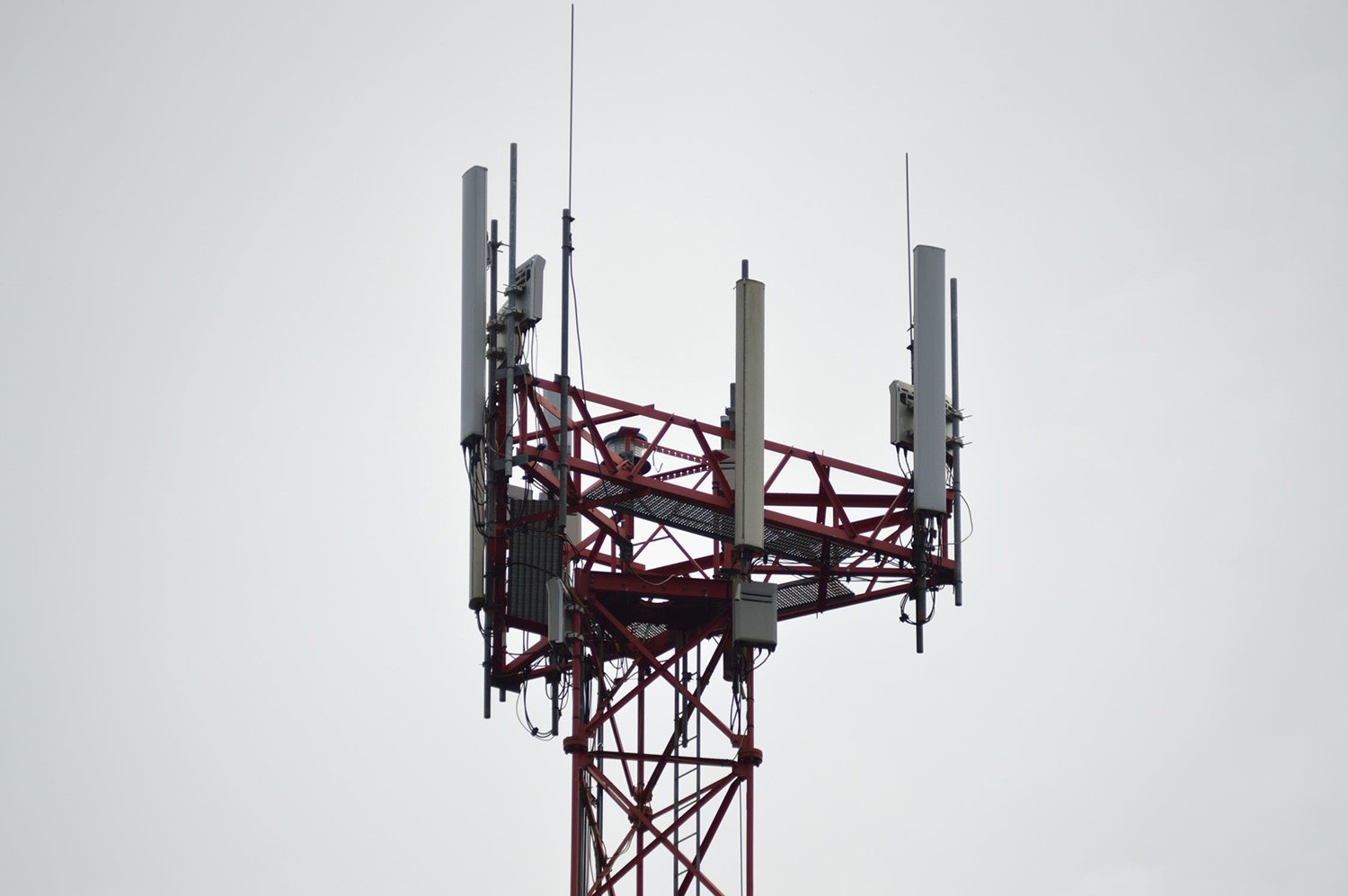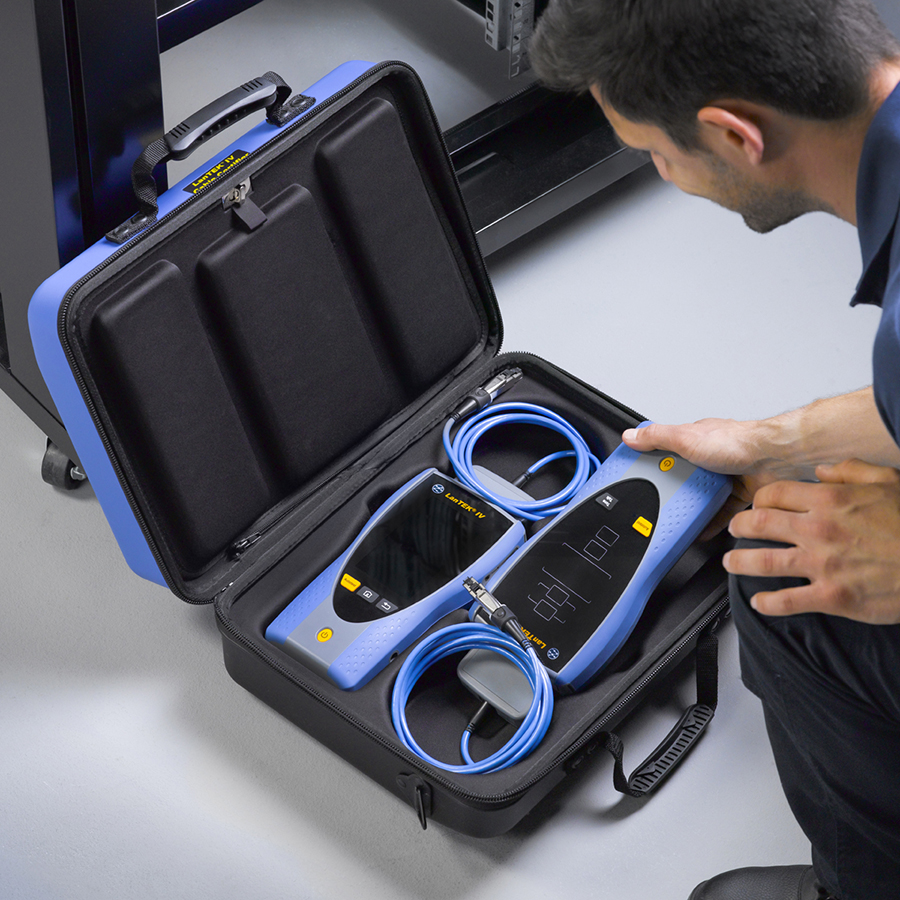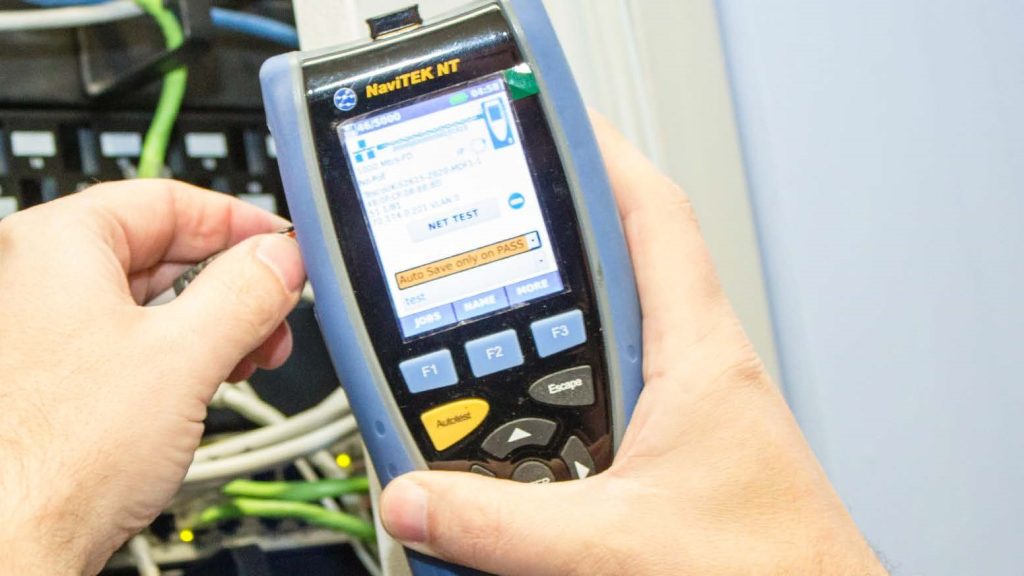5G is coming – should LAN installers panic?
Interest around 5G has built significantly over the past year, but should this promise of improved mobile performance be a cause for concern for LAN cable providers and installers?
What is 5G?
5G is not a straightforward upgrade from 4G. In fact, it requires a significant infrastructure change.
The first mobile phones with data capability launched around the turn of the century using GPRS (General Packet Radio Service) systems, with advanced text messaging capability, MMS (multi-media messaging) and basic web page browsing. Later, the introduction of 3G offered data rates which supported an experience more like a home internet connection. Then 4G came along, upgrading 3G equipment, software and cell towers to provide a significant increase in bandwidth to mobile devices. The shift to 5G will not be so straightforward.
Existing mobile towers will require updating but additional towers will also need to be added. Beyond this, 5G will rely on the seamless integration of mobile broadband networks operating at new frequency spectrums with Wi-Fi hotspots to provide network users with the required level of consistent service. In other words, a phone will switch from a mobile signal to a provider’s Wi-Fi automatically when in range to preserve capacity on the mobile network.
Will 5G be faster than LAN?
The big promise of 5G is higher data rates compared to previous generations, but it comes with several limitations.
As we already know from Wi-Fi, there is a relationship between data speed and the distance that the signal can travel. For instance, while a 5.8GHz Wi-Fi frequency offers advantages in terms of the amount and speed of data, users tend to find that the lower 2.4GHz frequency offers stronger signal strength with distance. Lower frequencies also penetrate more effectively through walls and other obstructions.
Mobile frequencies, such as 5G, are no different. The further the signal reaches, the fewer cell towers are needed to provide service. As 5G will utilise higher frequency windows, around 30-70GHz depending on the carrier, it will provide greater bandwidth but the distance the signal can travel will be extremely limited compared to 4G.
How will 5G work with Wi-Fi?
As the distance the 5G signal can travel is shorter, to have the same coverage as 4G would require many times the number of mobile towers that exist today. This would be challenging and expensive to install, so integration with Wi-Fi is critical. While carriers will certainly install new towers in sub-urban areas, they will also install Wi-Fi hotspots in urban areas so that 5G can be rolled out at a reduced total cost. This will ensure that users’ devices can switch between mobile and Wi-Fi signal seamlessly and automatically.
The good news for the LAN community is that each Wi-Fi hotspot will require wireless access points to be installed, all of which will rely on installing and testing LAN cable.
How will this translate into a typical application?
Consider an office building. It will be difficult for 5G signal from a cell tower to penetrate the building so if you’re inside an office, the 30GHz frequency will struggle to connect to your mobile phone. This means that to use 5G indoors, your device will need to connect to a Wi-Fi hotspot using copper or fibre cabling as the backhaul connection to the carrier’s network.
As next generation of Wi-Fi will offer data rates of up to 9 Gbps, to maintain coverage at the higher speed, additional Wi-Fi access points will need to be installed using ground based Cat6A ethernet cabling, or fibre optic cabling. To ensure availability, network providers will look to put hotspots in office buildings, sporting venues, shopping centres, hospitals or schools. This means cabling will not go away!
So, is LAN cabling “safe”?
In the short term, 5G presents an opportunity for those providing and installing LAN cabling but in the longer term there may be some threats to consider.
The introduction of 5G and its Wi-Fi hotspots will create a bigger surplus of bandwidth, but generally users will not be utilising more data on their existing devices. Instead, there will be more wireless devices that are connected to the network directly, including so-called ‘Internet of Things’ devices. Therefore, at some point in the future it will cease to be necessary to have several different cables running to every workstation in each office building.
Whereas current standards suggest that you should have a cable outlet for each device, in future more of the devices used in the workplace will be wireless. That said, this is some years away, and while there will be less cabling to workstations to install, many more wireless access points would be required to support the increase in wireless devices.
I’m a LAN installer or cable provider – should I worry?
5G promises attractive-sounding increases in data speed, and while added bandwidth will enable devices to be connected directly to the network for a faster and ‘better’ performance. However, it is the maintenance of a more consistent network service that will make a difference to users.
5G users will see better service coverage across a wider area, fewer places with ‘poor signal’ and less instances of slow connection due to network congestion, but this will be a direct result of integrating traditional cellular networks with Wi-Fi access points connected to fill the gaps.
So, rather than killing LAN networks, ground-based cabling will be vital to 5G’s success. There’s no need for LAN cable providers and installers to panic just yet and TREND Networks will continues to offer a range of tools for testing and troubleshooting LAN networks.






